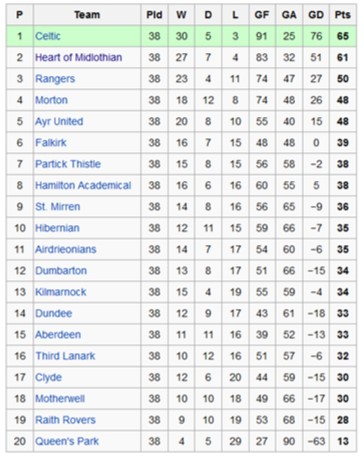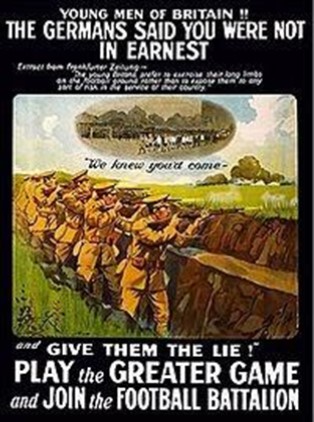Women's History Month 2024
International Women's Day
Friday 8th March
Please click on the link here for an inspirational Women's History Month calendar for March.
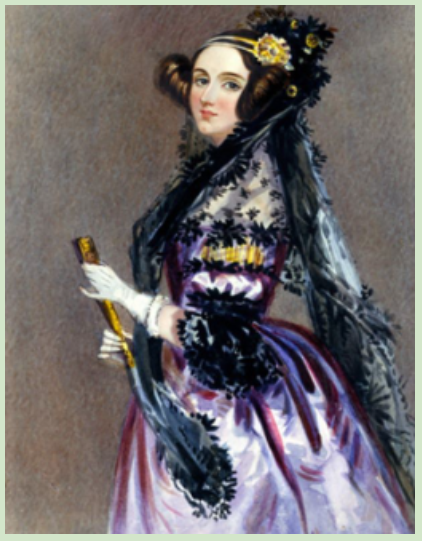
Celebrate International Women's Day
with some of these suggestions
Fiction
Cinderella is Dead by Kallyn Bayron
It’s 200 years after Cinderella found her prince, but the fairy tale is over. Teen girls are now required to appear at the Annual Ball, where the men of the kingdom select wives based on a girl’s display of finery.
Sixteen-year-old Sophia would much rather marry Erin, her childhood best friend, than parade in front of suitors. At the ball, Sophia makes the desperate decision to flee, and finds herself hiding in Cinderella’s mausoleum. There, she meets Constance, the last known descendant of Cinderella and her step-sisters. Together they vow to bring down the king once and for all.
Non-Fiction
This Book is Feminist by Jamia Wilson and Aurelia Durand
'This Book Is Feminist' is a vibrantly illustrated introduction to intersectional feminism for pre-teens and teens.
Discover the history and meaning of the feminist movement through 15 reasons why feminism improves life for everyone.
Poems
 My Brothers Have Not Read Little Women
My Brothers Have Not Read Little Women
by Scarlett Curtis
We sailed to Treasure Island,
Became Lord of the Flies,
We saw ourselves in Holden C,
Damaged, sad and wise.
We gave our time to Oliver.
Our hearts to Spider-man.
Followed Charlie to the factory,
Took flight with Peter Pan.
Your words are universal.
Your characters are true.
Your stories transcend gender,
But women write books too.
Popular Culture
 Moxie - Netflix
Moxie - Netflix
Vivian Carter is fed up. Fed up with her small-town Texas high school, who thinks the football team can do no wrong.
Fed up with sexist dress codes and hallway harassment. But most of all, Viv Carter is fed up with always following the rules.
Please click here for further reading materials and other useful links.

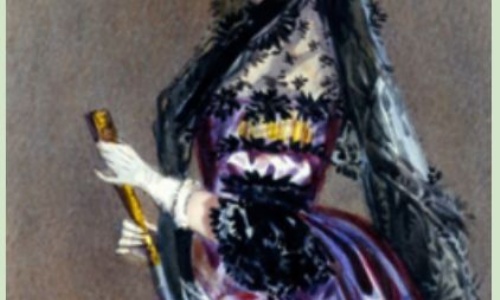

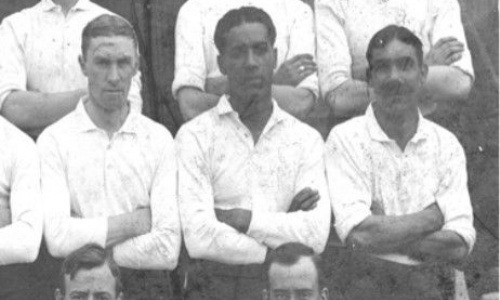
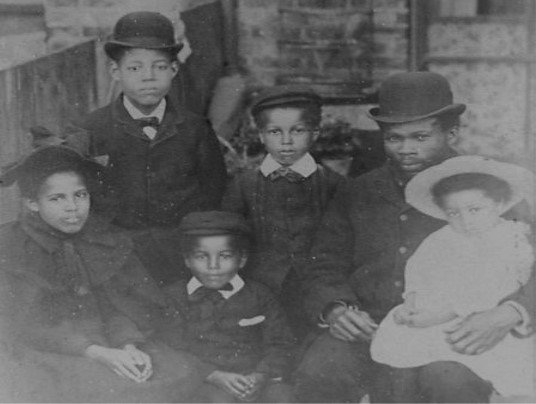 g the grandson of a slave with his father having arrived in the country from Barbados in 1876, although his mother died when he was just 7 years old and Tull & his brother Edward were sent to a Children’s Orphanage in Bethnal Green.
g the grandson of a slave with his father having arrived in the country from Barbados in 1876, although his mother died when he was just 7 years old and Tull & his brother Edward were sent to a Children’s Orphanage in Bethnal Green.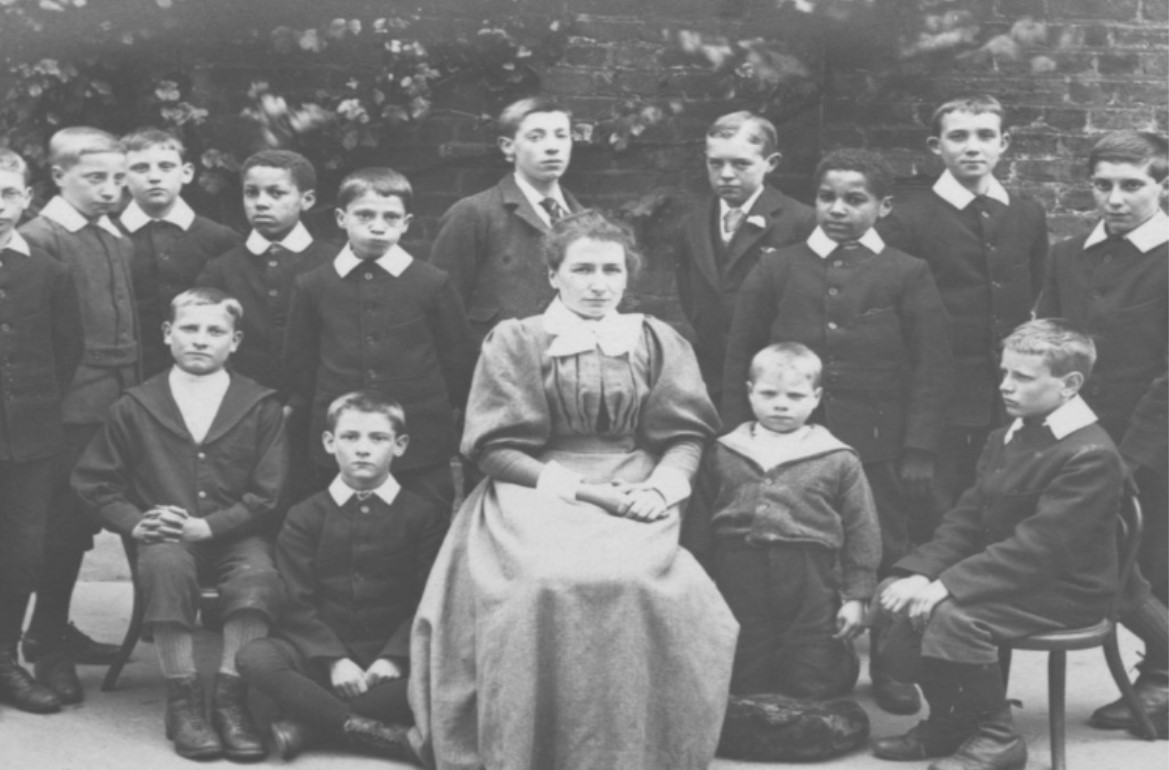 other siblings & the two older boys were seen as liabilities that the family could not afford.
other siblings & the two older boys were seen as liabilities that the family could not afford.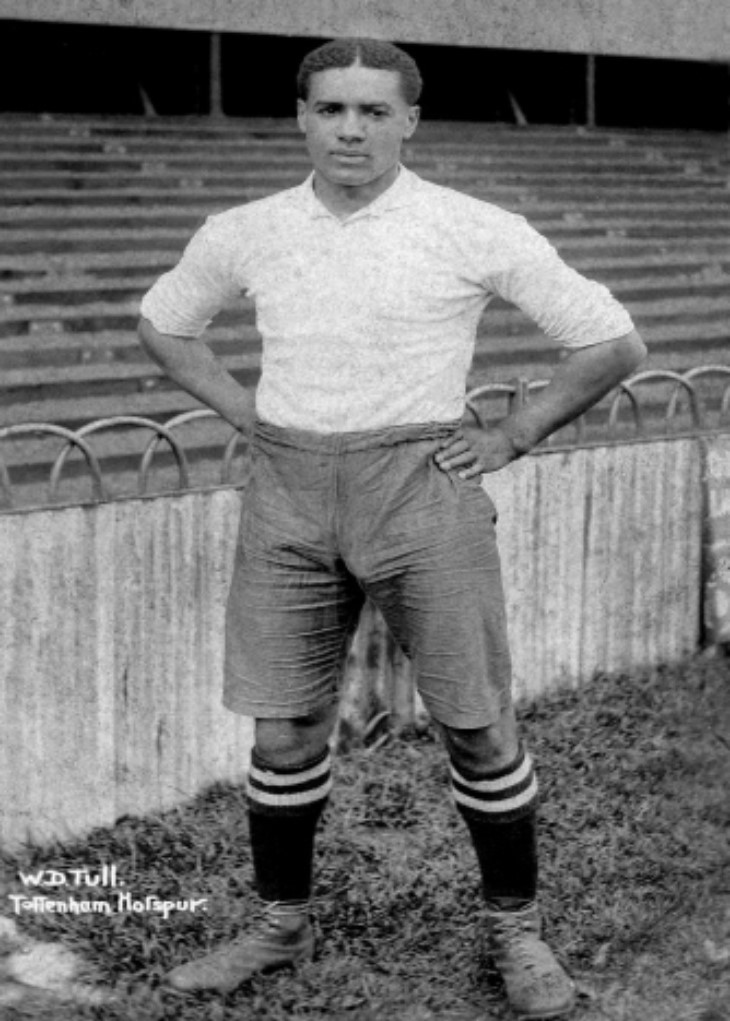 ted footballer and when he was 20 in 1908 he had a trial for local amateur team Clapton in the East End of London and was picked to play for them and after just one season he had made such an impression that he was spotted by talent scouts who were looking for new players and signed up by Tottenham Hotspur from the First Division (top flight of football in Britain at this time) For this he received a signing on fee of £10 and a wage of £4 a week.
ted footballer and when he was 20 in 1908 he had a trial for local amateur team Clapton in the East End of London and was picked to play for them and after just one season he had made such an impression that he was spotted by talent scouts who were looking for new players and signed up by Tottenham Hotspur from the First Division (top flight of football in Britain at this time) For this he received a signing on fee of £10 and a wage of £4 a week.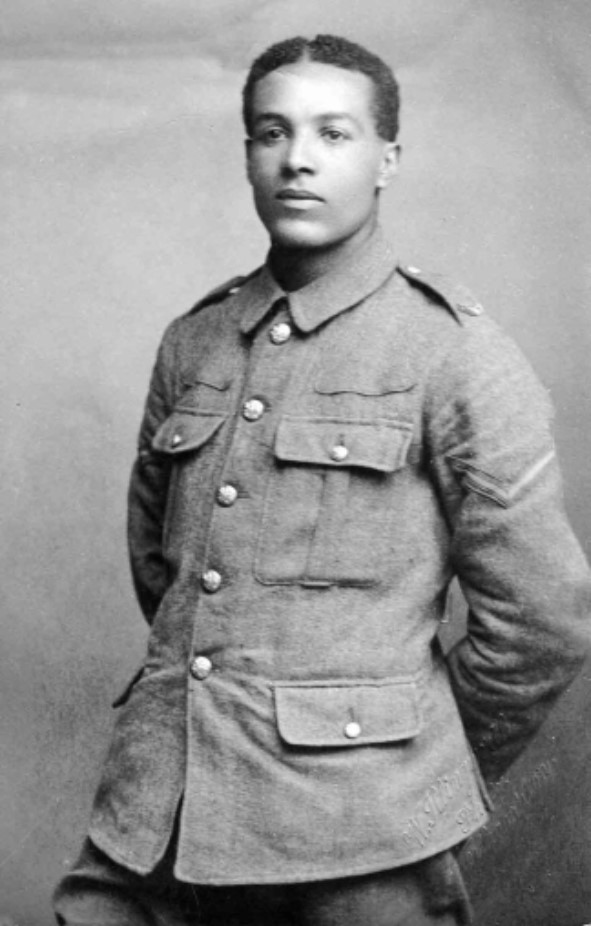 The move of Walter Tull to Rangers never took place because of the outbreak of the First World War in 1914 resulting in his decision to join the army as a member of the Football Battalion and within a relatively short period of time he was promoted to the rank of sergeant indicating his leadership potential.
The move of Walter Tull to Rangers never took place because of the outbreak of the First World War in 1914 resulting in his decision to join the army as a member of the Football Battalion and within a relatively short period of time he was promoted to the rank of sergeant indicating his leadership potential.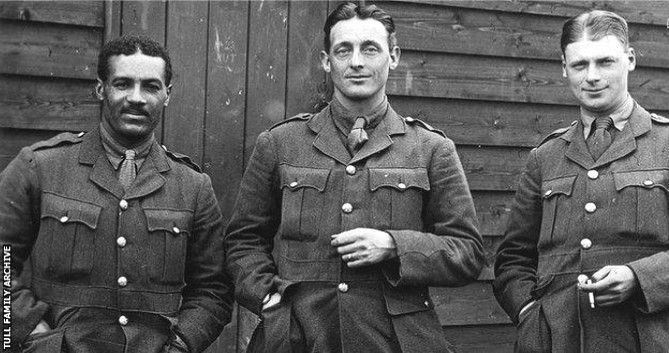
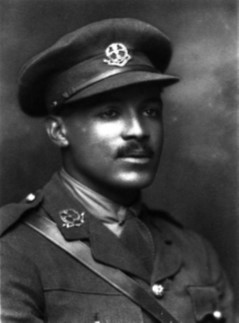 Walter Tull was sent to the officer training school at Gailes in Scotland and in spite of military regulations which stated that “any negro or person of colour” could not be an officer Tull received his first commission as a Lieutenant in May 1917 and in doing so became the first Black combat officer in the British Army.
Walter Tull was sent to the officer training school at Gailes in Scotland and in spite of military regulations which stated that “any negro or person of colour” could not be an officer Tull received his first commission as a Lieutenant in May 1917 and in doing so became the first Black combat officer in the British Army.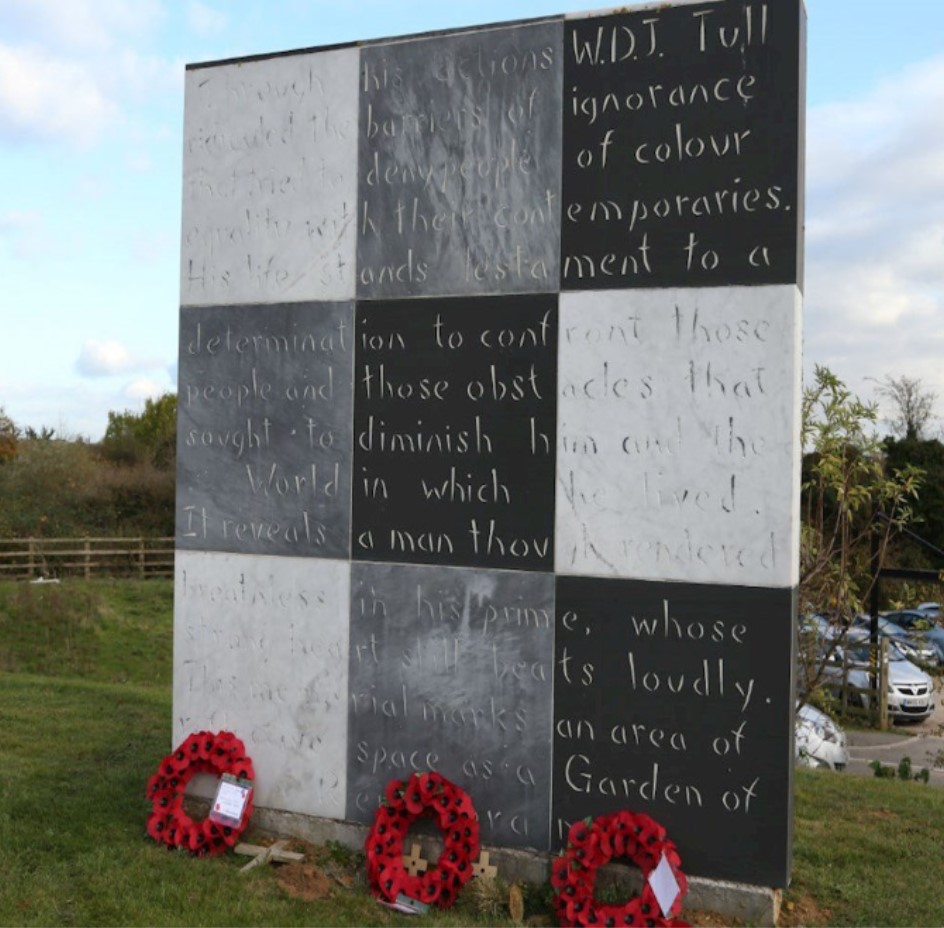
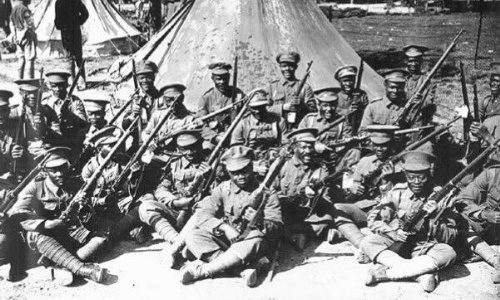
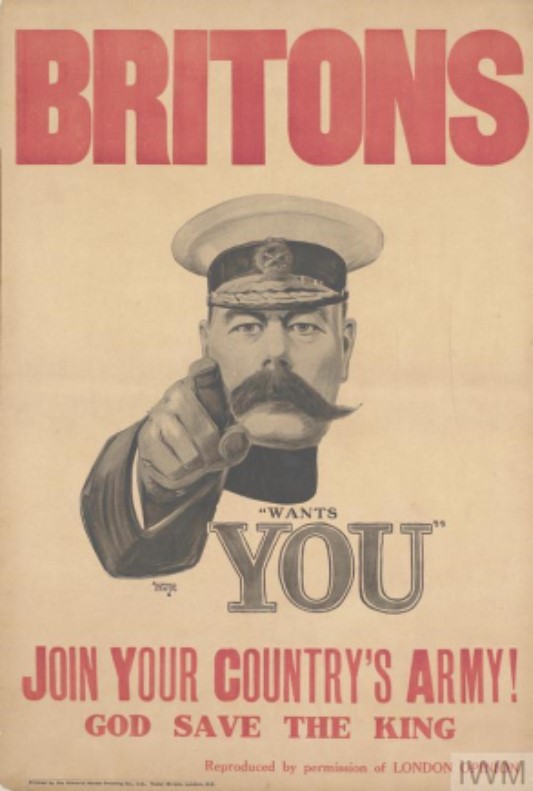
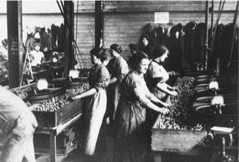 This year, I’m also choosing to highlight those who aren’t always celebrated on Remembrance Day. Soldiers on the battlefield faced great struggles; however, women left on the Homefront also faced problems and overcame them with admirable courage. These issues included food shortages, bomb strikes and a crippled economy. Fear and hardship were rife at home, yet those who suffered are often forgotten on Remembrance Day. Girl Guides picked up shovels and grew food for the whole nation; children knitted socks for soldiers;
This year, I’m also choosing to highlight those who aren’t always celebrated on Remembrance Day. Soldiers on the battlefield faced great struggles; however, women left on the Homefront also faced problems and overcame them with admirable courage. These issues included food shortages, bomb strikes and a crippled economy. Fear and hardship were rife at home, yet those who suffered are often forgotten on Remembrance Day. Girl Guides picked up shovels and grew food for the whole nation; children knitted socks for soldiers;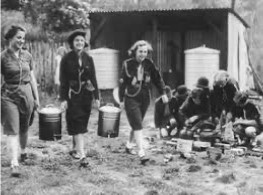 women became farmers, train drivers and factory workers. The bravery they displayed in face of great upheaval should not be forgotten, but celebrated alongside the actions of brave soldiers for their contribution in winning the war.
women became farmers, train drivers and factory workers. The bravery they displayed in face of great upheaval should not be forgotten, but celebrated alongside the actions of brave soldiers for their contribution in winning the war.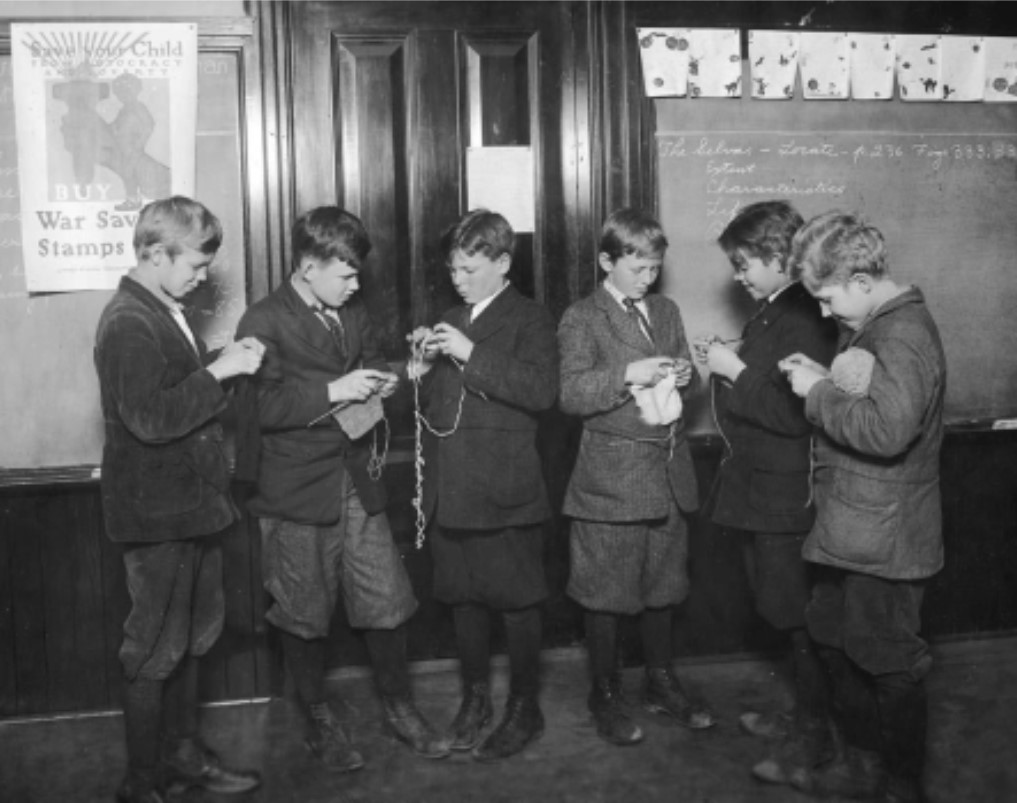 their truth, and they remain forgotten. By choosing to highlight their bravery this Remembrance Day, we do not diminish the actions of British soldiers but instead embrace the strength and courage shown by all those who contributed in World War One, regardless of race and nationality.
their truth, and they remain forgotten. By choosing to highlight their bravery this Remembrance Day, we do not diminish the actions of British soldiers but instead embrace the strength and courage shown by all those who contributed in World War One, regardless of race and nationality.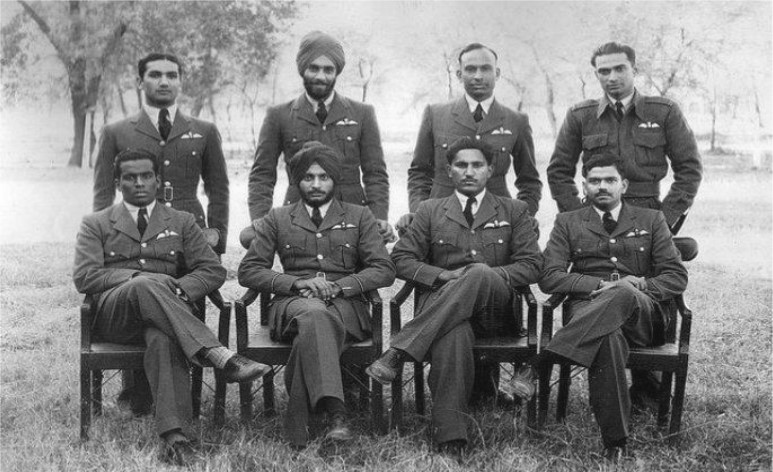
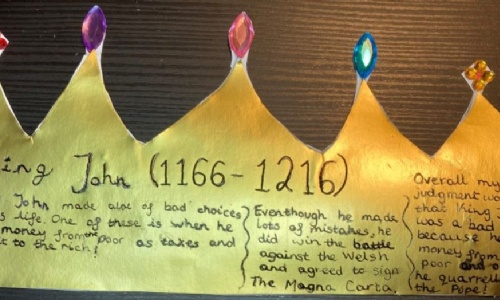
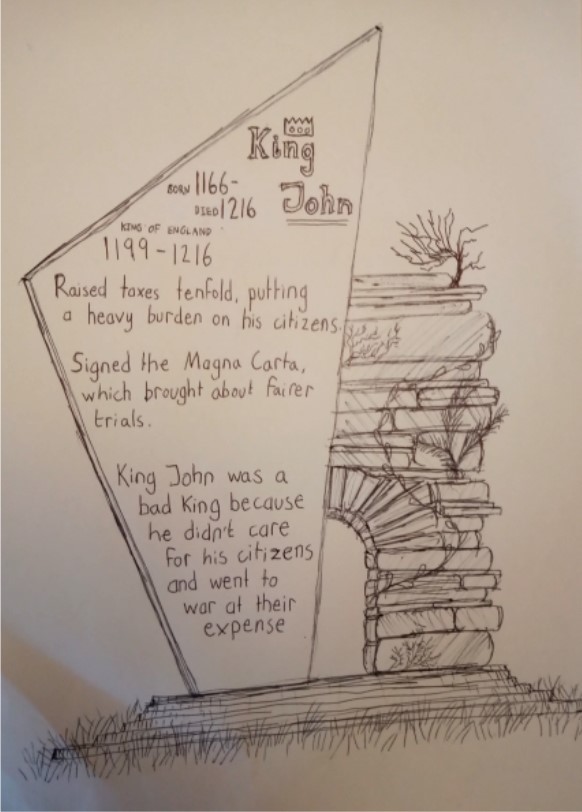
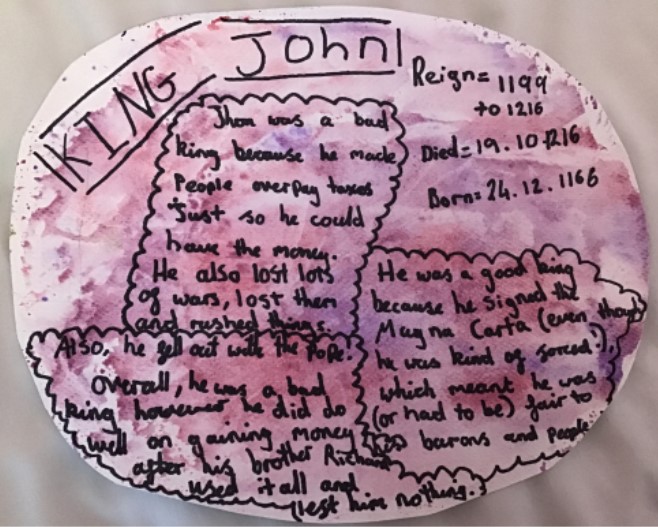
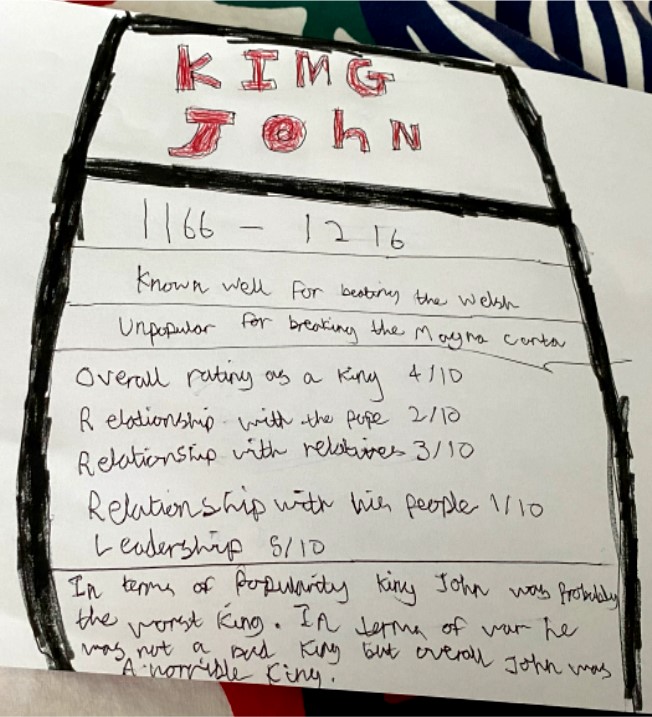
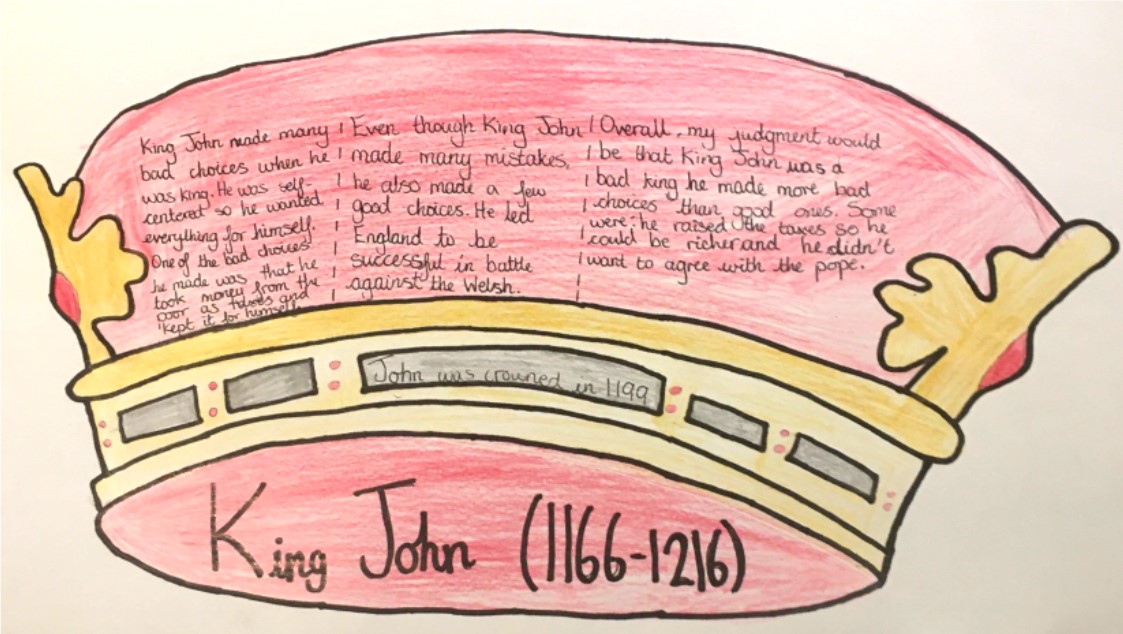
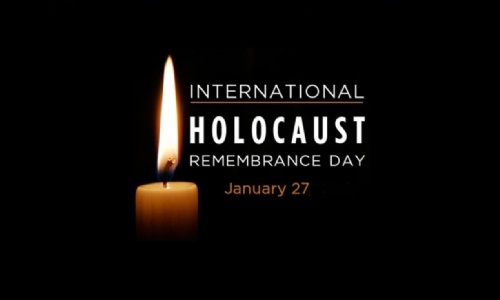
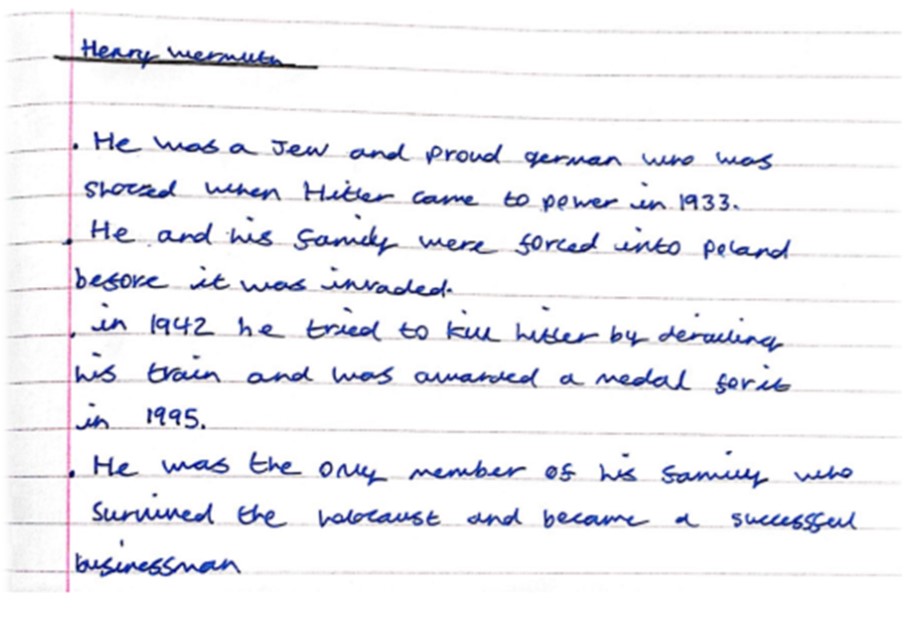
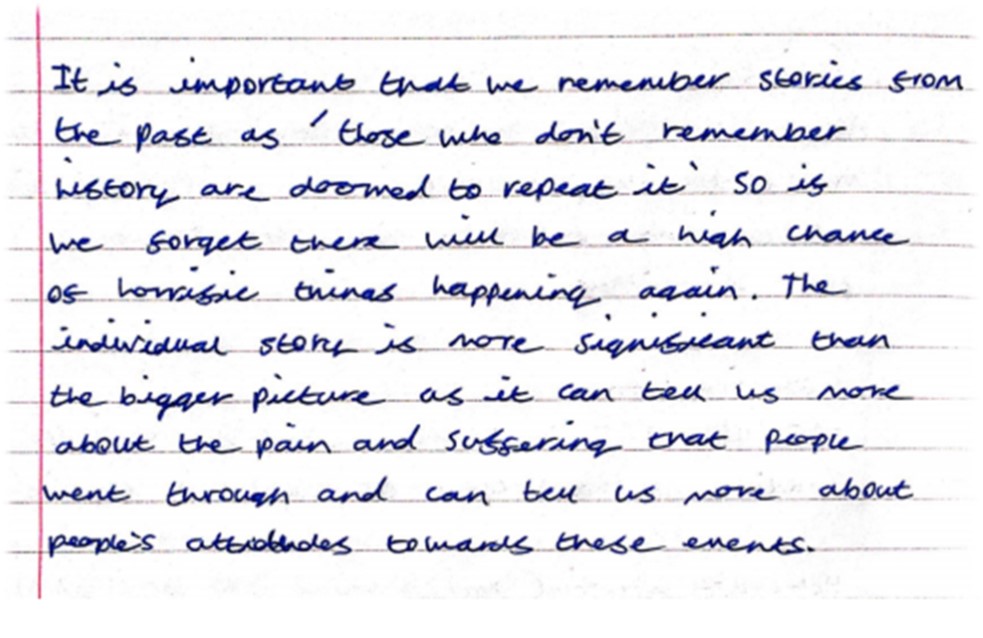
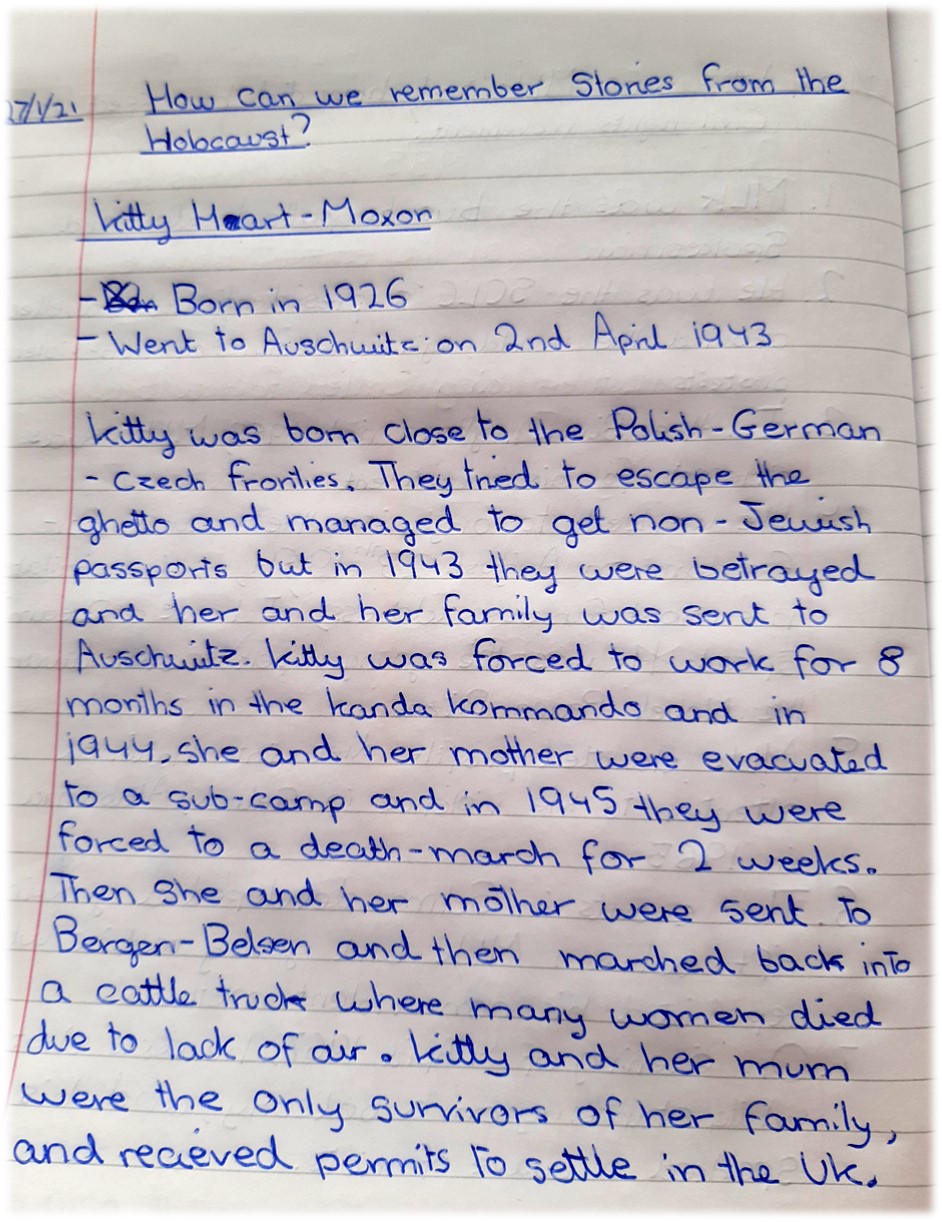

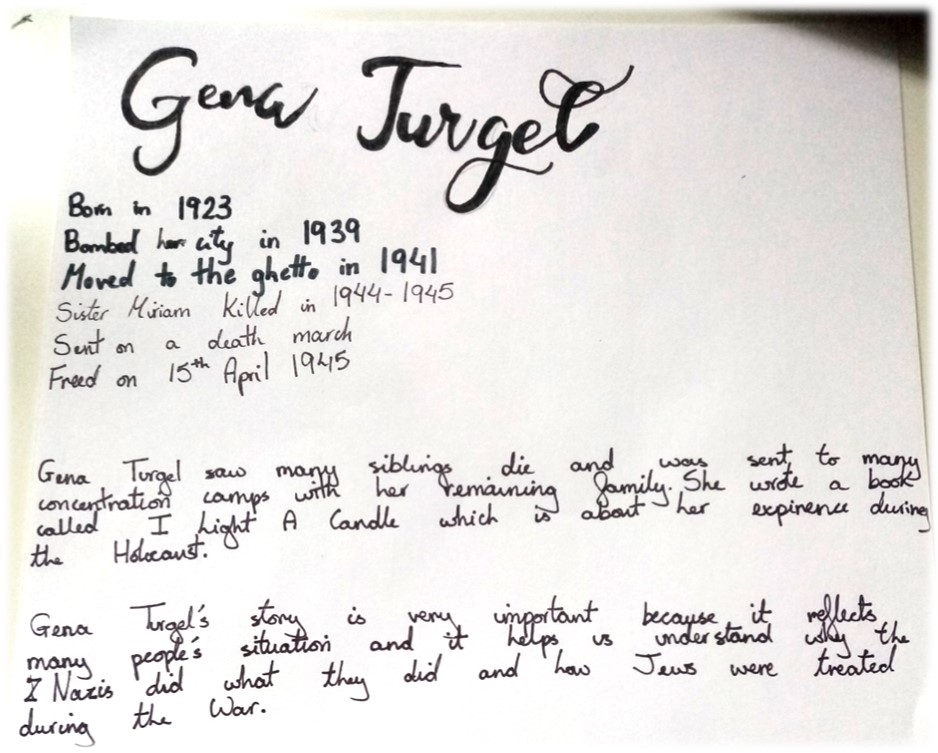
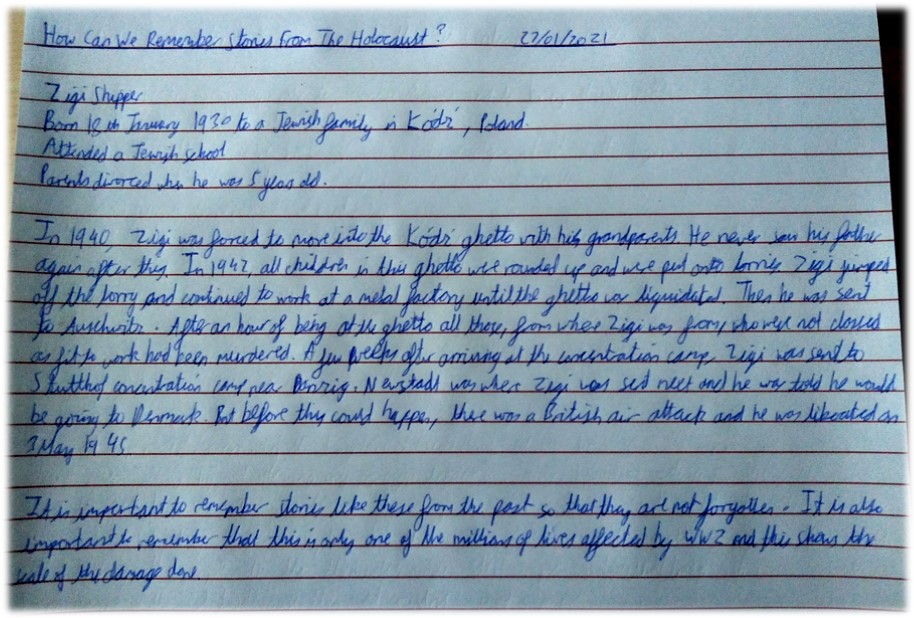
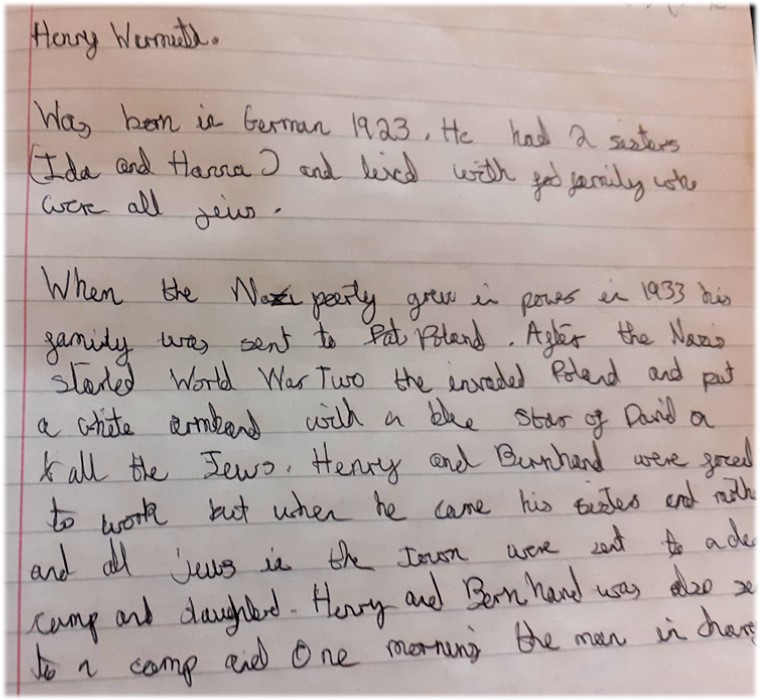
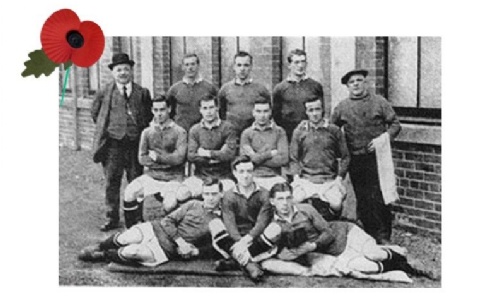
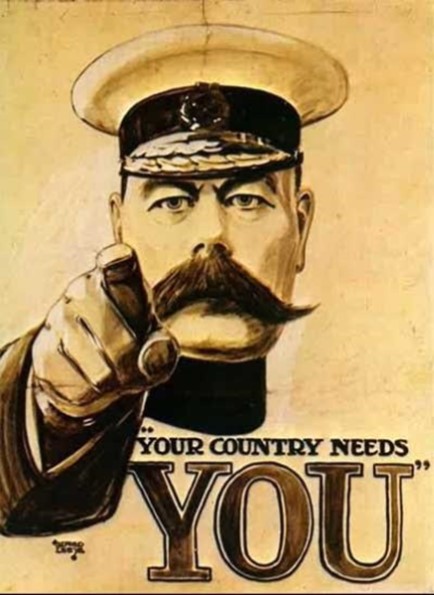 ditionary Force. Lord Derby was the first to implement the idea of a “Pals” Battalion in Liverpool. Inside a week, there were enough volunteers to fill four battalions. The idea was that men would be more likely to join up if their pals also joined the war effort.
ditionary Force. Lord Derby was the first to implement the idea of a “Pals” Battalion in Liverpool. Inside a week, there were enough volunteers to fill four battalions. The idea was that men would be more likely to join up if their pals also joined the war effort.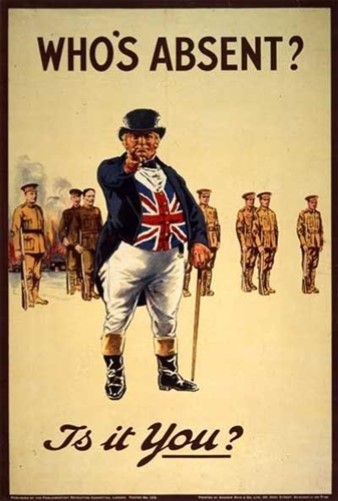 es, and this included sports stars too. Clapton Orient’s (later Leyton Orient) players and staff joined the army, inspiring thousands of their fans to do the same. This is the story of Hearts of Midlothian. The 1914/15 season had started well for Hearts with 8 consecutive victories. However, with the war continuing, Hearts’ players and staff decided they should join the war effort on 25th November 1914. The players combined military and football training to go 20 games unbeaten and be top of the league by February. However, the double life began to take its toll on the players, often engaging on night marches the night before crucial fixtures. Most of the team were sent to France before the end of the season. This is the story of some of their players…
es, and this included sports stars too. Clapton Orient’s (later Leyton Orient) players and staff joined the army, inspiring thousands of their fans to do the same. This is the story of Hearts of Midlothian. The 1914/15 season had started well for Hearts with 8 consecutive victories. However, with the war continuing, Hearts’ players and staff decided they should join the war effort on 25th November 1914. The players combined military and football training to go 20 games unbeaten and be top of the league by February. However, the double life began to take its toll on the players, often engaging on night marches the night before crucial fixtures. Most of the team were sent to France before the end of the season. This is the story of some of their players…